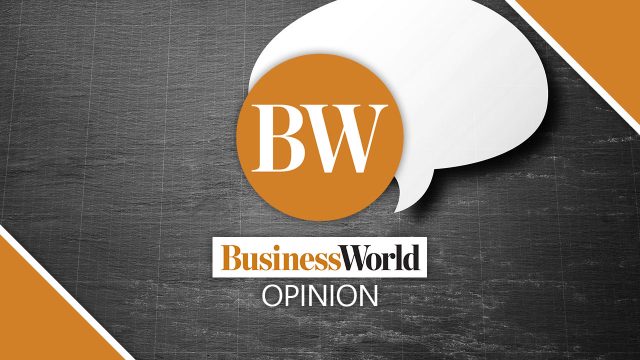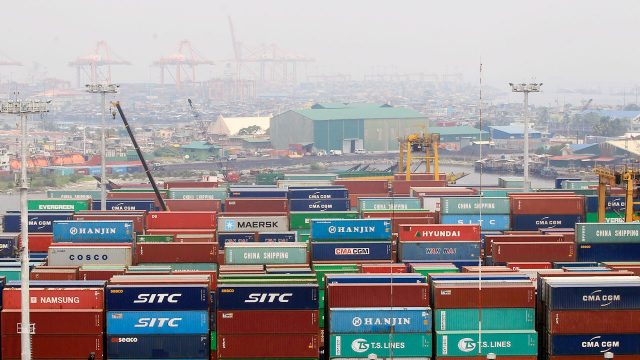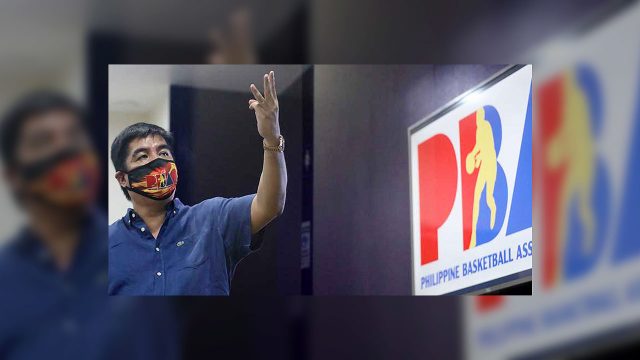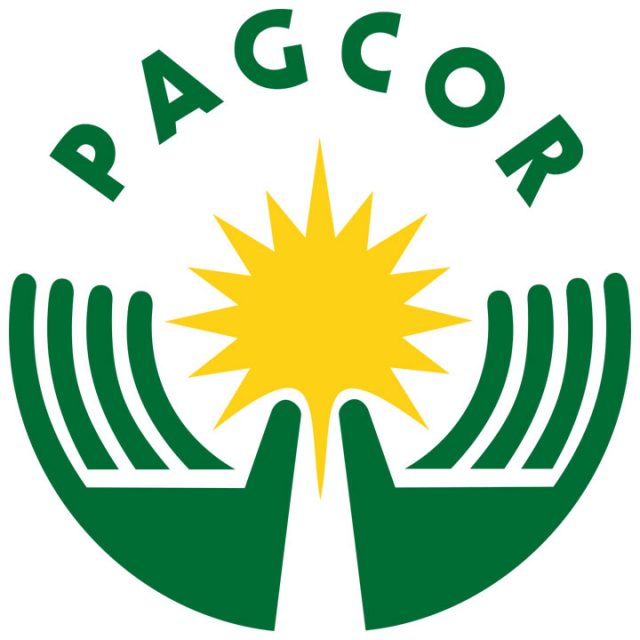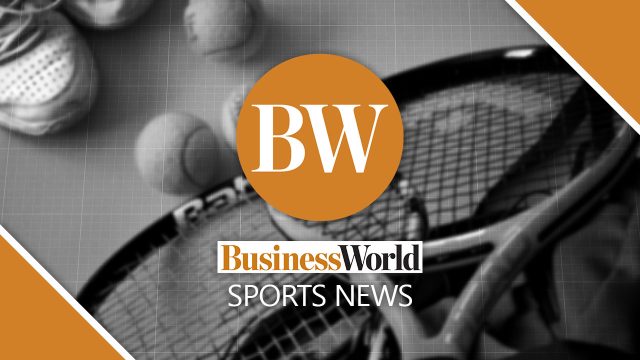Strike three for the US
Last week’s chaos at Afghanistan’s Kabul Airport was somewhat reminiscent of the scene in the former South Vietnamese capital of Saigon (now Ho Chi Minh City) when US troops pulled out in 1975 as the guerrillas of the National Liberation Front (NLF), which the US had derisively labelled the “Vietcong,” took control of the city.
Thousands of Afghans and people of other nationalities including Overseas Filipino Workers (OFWs) who fear that the Taliban’s regaining control of the country would endanger them, were cheek-by-jowl fighting for places in departing commercial flights as the US military began flying out its own personnel. The Taliban’s cancellation of commercial flights left thousands stranded, although some OFWs did manage to leave. But the crush continued, and claimed several lives.
That disturbing spectacle was not quite the same as that in Saigon, 1975. What much of the world saw through photographs and video then was the mad scramble at the US Embassy among US collaborators for seats in the helicopters that were leaving the premises. But what the images from Kabul and the former Saigon were conveying was the same: the US had lost another war of its own making.
The “loss” of China to the forces of Mao Zedong is arguably the first. Although the US supported the Kuomintang Party during the civil war in that country, the Communist Party of China nevertheless won nationwide power in 1949. But that probably does not count, because US involvement in that war was relatively limited.
With the communist victory in China, and alarmed over the possibility of revolutionary change in Asia in the post-World War II period, the US supported France in its attempt to recover its former colonies in “French Indochina,” which included Vietnam, where the nationalist-communist forces of Ho Chi Minh’s Vietminh were waging a war of independence against their former colonizer after fighting the Japanese invaders during World War II.
Ho issued a declaration of Vietnamese independence patterned after that of the US, and was hoping for US support. But even without it, Vietminh General Vo Nguyen Giap succeeded in defeating the French forces in the decisive 1954 battle of Dien Bien Phu. In the aftermath, to justify US intervention in Vietnam, then President Dwight Eisenhower concocted the “Domino Theory,” which argued that the “loss” of that country to the Vietminh would lead to the fall, like so many domino tiles, of the countries of Southeast Asia to communism.
With US prompting, Vietnam was divided into North and South, with the Vietminh in control of the independent North, while a French-influenced regime was initially installed in the South, where NLF forces nevertheless continued the fight for independence and reunification.
The “Domino Theory” has since proven to be as absurd as the US claim that wars of national liberation were all directed by the former Soviet Union. But in the next two decades until 1975, the US escalated its involvement in Vietnam by supporting a succession of compliant regimes there; deploying military “advisers” and, eventually, 549,000 of its own troops as combatants; and carpet bombing presumed guerrilla bases. But it nevertheless lost the war to the NLF — an enemy without an air force, a navy, tanks, and heavy artillery — at a cost of billions of dollars, over a million Vietnamese lives, and 50,000 of its own soldiers.
The Afghanistan debacle is a seeming reprise of what happened in Vietnam. The US war against the Taliban began in late September 2001 shortly after the attacks on the World Trade Center in New York and on Department of Defense offices in the Pentagon on Sept. 11, presumably by the terrorist group Al-Qaeda. Because of its refusal to surrender Al-Qaeda leader Osama bin Laden, whom the US believed was in Afghanistan, the Taliban-controlled government was overthrown by US and anti-Taliban forces such as the Northern Alliance by December 2001.
The US failed to capture Osama bin Laden, and its military forces and other personnel stayed in Afghanistan, setting up governments it approved of, training the Afghan armed forces and keeping at bay the Taliban, which remained in control of pockets of Afghan territory. Despite its success in killing Osama bin Laden in 2011 — in Pakistan and not in Afghanistan — during the Barack Obama presidency, the US nevertheless stayed on for another 10 years until August this year, when the Taliban rapidly regained control of the entire country as US military forces began to withdraw — and the Afghan army it had trained and the government it had supported melted away without a fight. In its attempt to “modernize” Afghanistan only to abandon it, the US has left the most vulnerable sectors of its population at the mercy of the Taliban.
Although the end of both led to a rush for thousands to flee, one of the differences between the Vietnam and Afghanistan wars is the nature of the winning forces.
The leaders of now independent Vietnam have reunited their country, and, despite the huge human and material costs of the 35-year war there, have managed to effect its transition into a rapidly developing society with a strong economy, and as an equal member of the international community.
The Islamic fundamentalist Taliban is, on the other hand, a regressive entity that has a long record of violence and repression against the population and a disdain for the rights of women to education, to engagement in the professions, and to equality. It will very likely launch a pogrom of suppression and annihilation against liberated women, artists, and journalists, former government workers, and intellectuals. The prospects for the future of Afghanistan are, to say the least, bleak.
The end of the Vietnam War also led to the exodus of evacuees and refugees to the US and other countries, but the number of Afghan refugees will probably exceed the number of those from Vietnam. Today, as in 1975, the US rightwing is once again sounding the alarm bells about the US’ being “invaded” by millions of non-white immigrants. They were from Vietnam then; they will be from Afghanistan now. The racist assumptions of that claim aside, if indeed that happens, the US will have only itself to blame for waging “wars of choice” rather than “wars of necessity.”
If we discount the “loss” of China, the US has lost three such wars since the 1970s: those it waged in Vietnam, in Iraq, and in Afghanistan. In every instance the consequences have led to the influx of refugees into the US. But those who lament that “invasion” ignore the fact that they have been disastrous for the populations of those countries: Iraq, which the US invaded in 2003, but withdrew from in 2011, is, for example, still in ruins and in chaos.
But so have the consequences of the wars of intervention the US has won been as catastrophic, such as those it waged in Latin America — and, dare we say, the Philippines? — in support of some of the most corrupt, most vicious, and most murderous despots in recent history who are violently resistant to the democratization and development that can lift millions out of the depths of poverty and despair into which an unjust order has flung them. US intervention during the last 100 years has done little to benefit the peoples of the world, but has instead made vast areas of the planet “… a darkling plain/Swept with confused alarms of struggle and flight…” (Matthew Arnold, “Dover Beach”).
Luis V. Teodoro is on Facebook and Twitter (@luisteodoro).


